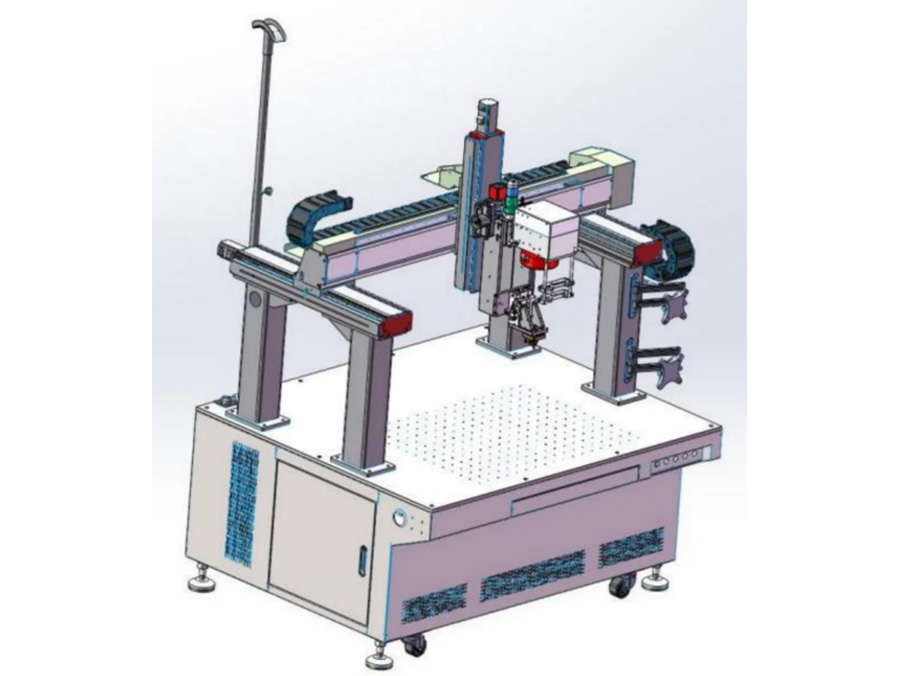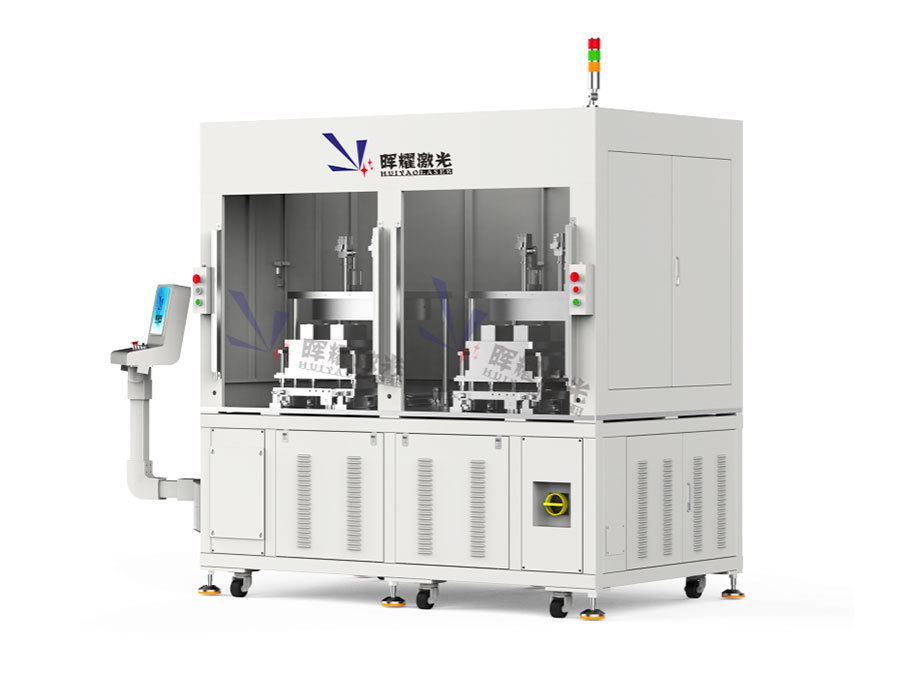Solution

AGV
- Product description
-
- Commodity name: AGV
- Commodity ID: 8.2.AGV
Automated Guided Vehicles (AGVs) are a crucial component in modern battery PACK factories for transferring materials, components, and finished goods efficiently and safely.
Automated Guided Vehicles (AGVs) are a crucial component in modern battery PACK factories for transferring materials, components, and finished goods efficiently and safely. AGVs help automate material handling processes, reduce human intervention, and enhance overall production line productivity. Here's a detailed overview:
What Are AGV Carts?
AGV carts are automated mobile platforms designed to transport goods, raw materials, or products within a factory or warehouse. Equipped with navigation systems such as laser guidance, magnetic tape, or vision-based navigation, AGV carts can move autonomously between predefined stations.
Key Features of AGV Carts for Battery PACK Factories
High Load Capacity:
AGV carts are built to carry heavy battery modules and PACKs, with typical load capacities ranging from 500 kg to over 2,000 kg, depending on the design.
Customizable Design:
AGVs can be tailored for different applications, such as flatbed carts, pallet movers, or carts with shelves for stacked battery storage.
Precise Navigation:
Advanced guidance systems ensure precise movement and positioning, crucial for tight spaces in battery PACK factories.
Battery-Powered Operation:
AGVs themselves use efficient batteries with long operational times and quick charging options to support continuous operation.
Integration with MES/ERP Systems:
Real-time integration with Manufacturing Execution Systems (MES) or Enterprise Resource Planning (ERP) systems for automated task scheduling and inventory management.
Safety Features:
Equipped with sensors, cameras, and obstacle detection systems to ensure safe operation around workers and other machines.
Applications of AGV Carts in Battery PACK Factories
Raw Material Transport:
AGVs handle the movement of battery cells, cases, and other components from the storage area to the production line.
Work-In-Progress (WIP) Transfers:
Transport semi-assembled battery modules or PACKs between different stations, such as welding, testing, and assembly lines.
Finished Goods Handling:
Move completed battery PACKs to storage or shipping areas efficiently.
Waste and Scrap Management:
AGVs can also transport defective components or waste materials to designated disposal or recycling areas.
Benefits of Using AGV Carts in Battery PACK Factories
Enhanced Productivity:
Automation reduces manual handling time, ensuring smoother and faster operations.
Scalability:
AGV fleets can be easily expanded as production needs grow, providing flexibility in scaling operations.
Improved Safety:
Reduces the risk of workplace accidents by eliminating manual forklift usage or human-operated carts.
Lower Operating Costs:
AGVs are energy-efficient and reduce reliance on labor for repetitive tasks, minimizing operational expenses.
Increased Traceability:
Integration with MES/ERP systems enables precise tracking of materials and goods throughout the factory.
Space Optimization:
AGVs operate efficiently in tight spaces and require minimal infrastructure, optimizing factory layouts.
Types of AGV Carts for Battery PACK Factories
Flatbed AGVs:
Used for transporting pallets or large battery modules directly.
Tugger AGVs:
Pull carts or trolleys with multiple loads, ideal for transferring materials in bulk.
Shelf-Carrier AGVs:
Equipped with adjustable shelves for carrying smaller components or stacked modules.
Robotic Forklifts:
Capable of lifting and placing pallets or battery racks onto high storage shelves.
Hybrid AMRs (Autonomous Mobile Robots):
Combine AGV capabilities with advanced navigation for more flexible material handling.
Considerations for Implementing AGVs in Battery PACK Factories
Navigation and Layout:
Ensure the factory layout supports AGV pathways, with clear markings for navigation (magnetic strips, QR codes, or laser reflectors).
Charging Infrastructure:
Implement docking stations for fast and convenient battery recharging or swapping.
Load Compatibility:
Design AGVs to handle specific weights and dimensions of battery modules or PACKs.
Software Integration:
Ensure seamless communication between AGVs, MES, and other automation systems for efficient task allocation.
Environmental Controls:
Maintain suitable temperature and humidity levels for AGVs, especially in environments with battery-sensitive materials.
Leading Vendors of AGV Solutions
Some prominent manufacturers of AGV systems for battery factories include:
- KUKA Robotics
- Daifuku
- Omron
- Geek+
- MiR (Mobile Industrial Robots)
The Role of AGVs in Smart Battery PACK Factories
As battery production shifts toward Industry 4.0 principles, AGVs play a pivotal role in achieving intelligent, automated, and highly efficient workflows. They help reduce labor costs, improve operational safety, and ensure seamless material flow across all stages of production.
Key words:
Series of Products
The Huiyao Laser Cell OCV Testing & Sorting Machine is a critical component for ensuring the quality and consistency of prismatic battery modules. This semi-automatic station is designed to accurately measure the Open Circuit Voltage (OCV), AC Internal Resistance (ACIR), and polarity of individual cells *before* they enter the main assembly line. By sorting cells into precise groups based on these parameters, it guarantees module balancing, safety, and optimal performance.
The Huiyao Laser Pneumatic Stacking & Pressing Machine is a high-precision, semi-automatic station designed for the flexible assembly of prismatic battery modules. It ensures optimal cell compression and alignment during the manual stacking process, which is critical for module durability, performance, and safety. This unit is ideal for R&D, prototyping, and small-batch production environments where process flexibility and precise pressure control are paramount.
Huiyao Laser is a leading battery laser welding machine manufacturer offering professional battery pack and battery module welding solutions for many fields, such as energy storage systems of research and development machines, as well as complete assembly lines for module and battery pack production.
Battery Top Cap Welding Equipment
Precise welding of top caps onto battery cases, ensuring airtight sealing and electrical connectivity for prismatic and pouch batteries.
Get a Free Quote
PLEASE LEAVE YOUR MESSAGE AND WE WILL CONTACT YOU AS SOON AS WE RECEIVE IT!
FAQ
Q
Can these lines handle different prismatic cell sizes or chemistries (LFP, M3P)?
A
Q
How do I choose the "best" prismatic assembly line?
A





